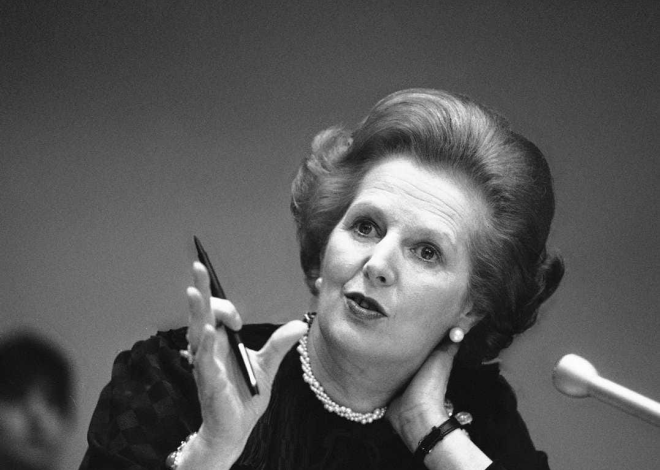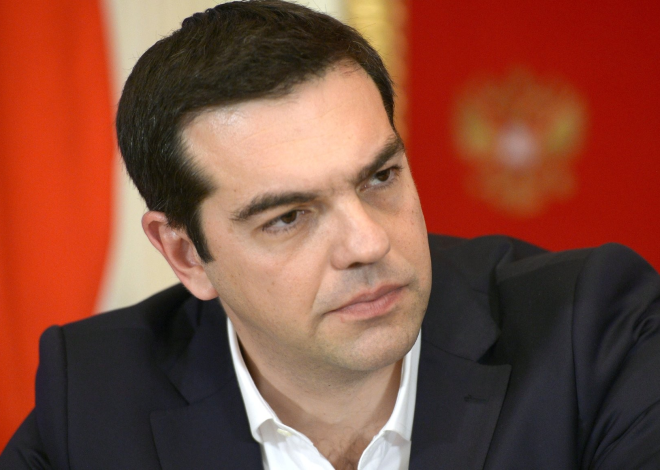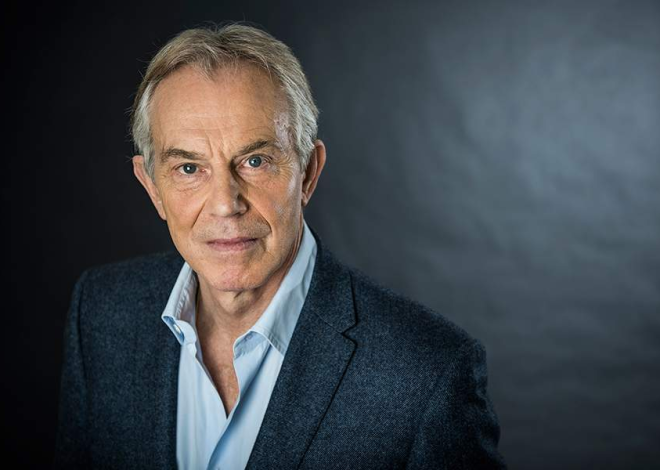
Margaret Thatcher
Margaret Thatcher, born Margaret Hilda Roberts on October 13, 1925, and known as the “Iron Lady,” was a British politician who served as the Prime Minister of the United Kingdom from 1979 to 1990. She was the first woman to hold the office and remains one of the most influential figures in modern British political history.
Here is a detailed history of Margaret Thatcher:
Early Life and Education:
- Thatcher was born in Grantham, Lincolnshire, England, to a middle-class family. Her father was a grocer, and her upbringing was influenced by her parents’ conservative values.
- She attended Kesteven and Grantham Girls’ School, where she excelled academically. She later studied chemistry at the University of Oxford’s Somerville College, graduating with a degree in 1947.
Early Career:
- After university, she worked as a research chemist and as a barrister, specializing in tax law. Her early career in law and politics provided her with a foundation in conservative economic principles.
- In 1951, she married Denis Thatcher, a businessman, and had twins, Mark and Carol.
Entry into Politics:
Thatcher was elected as the Member of Parliament (MP) for Finchley in 1959, representing the Conservative Party. She quickly gained a reputation as a formidable debater and a staunch advocate for conservative values.
Rise to Power:
- She was appointed as the Secretary of State for Education and Science in 1970 when Edward Heath’s Conservative government came to power. During this time, she implemented controversial education reforms.
- In 1975, she successfully challenged Edward Heath for the leadership of the Conservative Party, becoming the first woman to lead a major political party in the UK.
Prime Ministership:
- Thatcher was elected as the Prime Minister of the United Kingdom in May 1979, following the defeat of the incumbent Labour government.
- Her premiership was marked by a commitment to free-market economic policies, deregulation, privatization of state-owned industries, and a strong stance against the power of trade unions.
- Her government’s policies, often referred to as “Thatcherism,” aimed to revitalize the British economy and reduce the role of the state in people’s lives.
Challenges and Controversies:
- Thatcher’s tenure as Prime Minister saw significant challenges, including a deep recession, clashes with trade unions (most notably the miners’ strike of 1984-1985), and widespread protests against her policies.
- She was also a key figure in international politics, working closely with U.S. President Ronald Reagan during the Cold War and playing a role in the Falklands War with Argentina in 1982.
Resignation:
In 1990, after facing internal party challenges and declining popularity, Margaret Thatcher resigned as Prime Minister. She was succeeded by John Major.
Legacy:
- Thatcher’s legacy is a subject of debate. Supporters credit her with reviving the British economy, restoring national pride, and championing conservative values. Critics argue that her policies led to social inequality and damage to public services.
- She remained an active voice in British and international politics after leaving office, serving in the House of Lords and writing her memoirs.
Later Life and Death:
- Thatcher’s later years were marked by declining health. She suffered from dementia in her final years and passed away on April 8, 2013, at the age of 87.
- Her death prompted an outpouring of tributes and discussions about her legacy, solidifying her place as one of the most influential political figures of the 20th century.
Thatcher’s leadership style, conservative policies, and unyielding determination earned her the nickname “Iron Lady.” She left an indelible mark on British politics and the global stage, and her influence continues to be felt in contemporary conservative politics.







